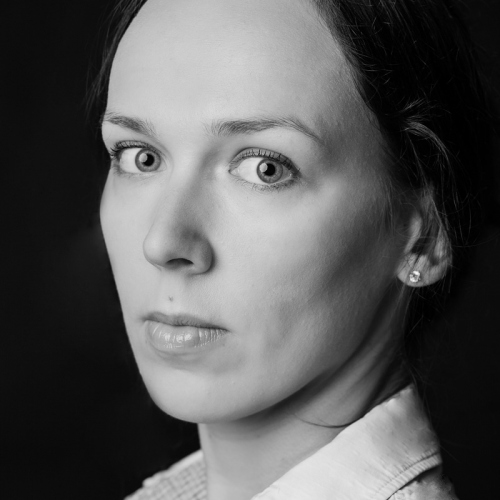Liability for copyright infringement by AI
In my last post I examined whether artificial intelligence could be regarded as an “author” for purposes of copyright law. This topic is intriguing, but we must remember that AI can not only create works that at least theoretically can be covered by copyright protection, but it can also infringe copyrights held by others when creating its own works. There are already algorithms that can mimic a certain style of painting or a specific author. In the face of technology enabling anyone with access to it to produce their own “masterpiece by a famous painter,” it is worth considering whether AI can be held responsible for copyright infringement, and if not, who can?
Can AI infringe copyright?
Under Polish copyright law, a holder whose economic copyright has been infringed may demand that the person committing the infringement cease and desist the infringement, remove the effects of the infringement, redress the injury suffered, and turn over any ill-gotten gains, among other relief. It is clear that the Polish act allows such demands to be asserted only against a “person,” and an algorithm undoubtedly does not constitute a person. We thus face a situation where a picture or story was created by an algorithm which cannot be held liable for copyright infringement, but at the same time such liability cannot be attributed directly to any specific person. Thus the answer to the question above must be No.
If not AI, then who is responsible?
In determining liability for copyright infringement by AI (as in the case of determining liability for other violations of law), the best solution would be to examine who had influence over the action of the algorithm resulting in the legal violation. It might be the case that the person who created the algorithm designed it in such a way that it cannot operate without infringing copyright. In that case, even if the user does not intend to infringe copyright, he or she is more or less forced to do so, as use of the algorithm is inseparably bound up with violation of other persons’ copyright. In that situation, it should be found that the person liable for the copyright infringement is the person who wrote the algorithm.
The conclusion would be different in a situation where the algorithm is constructed in such a way that it does not necessarily infringe copyright, i.e. it is possible to use the algorithm in a way that does not infringement copyright. Then it is the user who can select a use for the algorithm that infringes copyright. In that case, it should be found that the person liable for the copyright infringement is the user.
The conception presented above is based on an assessment of which person has the closest connection to the infringement of copyright by AI. While this conception appears the most logical, imagine the panic of lawyers and judges who would have to comprehensively examine how an algorithm functions and how creatures of AI can be modified before they can understand the case before them. The situation is further complicated by the increasing degree of autonomy of algorithms. The highest degree of autonomy (level D according to the classification by Eran Kahana at Stanford) refers to self-aware applications capable of performing in ways unpredictable to their creators. In such cases it would be practically impossible to identify a person responsible in any sense for the activity of such an algorithm.
Regardless of the degree of complexity of the algorithms, each case examined by the court would be determined to a huge extent by a constellation of facts highly specific to the given case. The general inability to find a common denominator across entire categories of cases would greatly increase the difficulty of ruling on cases that are already technologically complicated. This would not contribute to legal certainty in this area.
This is also why various theories are being developed around the world concerning the civil liability regime that should be relied on in the case of violations of law by AI, including copyright infringement. It seems that in the United States in particular, the prevailing concept is to apply the regime of liability for dangerous products in such cases. But while this regime might generally be applied in cases such as personal injury caused by AI, it seems difficult to accept the application of this regime to infringement of economic copyright. There are also calls to impose the rule of strict liability, which would uncouple the operation of AI from the acts or omissions of specific persons.
Perhaps reform of copyright law is in order?
The conceptions presented above are not perfect, but it seems unlikely that there will be any change in the near future in the Polish Copyright Act with regard to the condition that copyright can be infringed only by persons. That would be a revolutionary change and would have to be preceded by a range of studies and social consultations. It appears that until autonomous, self-aware AI is invented, traditional copyright law solutions will have to suffice, including the rule discussed above of imposing liability on the person whose act or omission led to the infringement of copyright by AI.
Katarzyna Szczudlik
